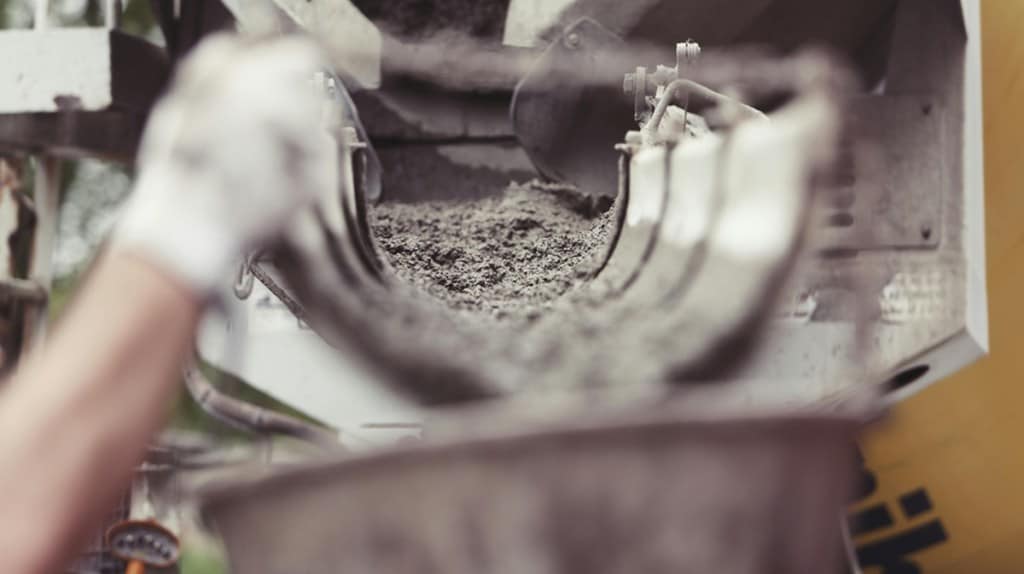The cement industry is set for a revival with industry profitability expected to improve further in Q4FY25 on the back of higher exit prices and better operating leverage led by peak seasonal demand. During the previous quarter, JM Financial said, its coverage companies’ aggregate EBITDA declined by 26 per cent YoY and rose 27 per cent QoQ on a low base led by marginal improvement in realisation sequentially and better operating leverage. Per the brokerage firm, the key takeaways from various management commentaries include: 1) demand likely to be at 6-7 per cent CAGR in the next 2-3 years; 2) prices expected to improve gradually with better demand; and 3) industry targeting sustainable cost savings of Rs 150-200/tn over the next 2-3 years.
In Q3, profitability had witnessed a significant fall led by sharp decline of 9 per cent in realisation, with higher competitive intensity and fight for market share. However, JM Financial said, that was partly offset by better cost structure (down by 2-3 per cent YoY and QoQ) owing to lower input prices and better operating leverage.
Volume growth
With the government accelerating spending to compensate for its underspending through the fiscal year, Elara Capital said, the cement industry’s volume is expected to improve. “This with the benefits of operating leverage and a steady rise in cement prices since December should aid a sequential recovery in EBITDA per tonne in Q4FY25, for the industry,” the brokerage firm stated.
In the previous quarter, volumes rose by 9-10 per cent YoY and QoQ, stated JM Financial. Larger players, especially UltraTech and Ambuja, gained significant market share. While UltraTech registered 11 per cent YoY volume growth despite larger scale owing to organic capacity additions, Ambuja saw around 17 per cent volume growth mainly led by inorganic acquisitions. In 9MFY25, JM Financial’s coverage companies’ volumes increased by 5.5 per cent YoY, ~200bps higher than industry growth.
Per Elara Capital, industry participants expect volume push to increase, considering that March is a crucial month to meet year-end targets. “Thus, while select markets may attempt price hikes in the range of Rs 5-15 per bag in March, sustaining these may be challenging. Historical trends also reflect this – Only one among the past three March months has shown a positive MoM price movement.”
A look at pricing trends
After many months, the cement industry had witnessed price hikes in Dec’24. Cement prices were broadly flat MoM in Jan’25 and attempts are being made to hike prices in Feb’25. Per Elara Capital’s discussions with dealers, sales executives, and C&F agents, while attempts were made to hike prices across the markets, the companies struggled to sustain these in most pockets due to increased supply and competitive pricing trend.
As a result, after a positive trend in cement prices through December-January, the average retail price pan-India grew a modest Rs 2 per 50 kg bag MoM to Rs 370, Elara Capital stated. Central India registered the highest price hike of Rs 5 per bag, followed by Rs 4 per bag in West India and Rs 3 per bag in North India. Prices in East and South India were largely stable MoM, it added.
Cement prices across regions
Elara Capital summarised the pricing trends across regions:
Cement prices in a few pockets of Central and North India improved for the third consecutive month in February. In Central India, Uttar Pradesh witnessed a price increase of Rs 10/bag due to logistics issues on account of Mahakumbh, while prices in Madhya Pradesh remained unchanged MoM.
In North India, prices rose by Rs 5/bag in Punjab but remained stable in Delhi and Rajasthan. In East India, price hikes in early-February could not be sustained, keeping prices largely flat MoM.
South India has failed to achieve any major gain in February. Thus, prices in South India continue to hover around January levels.
In February, cement prices in Gujarat increased by Rs 5-10/bag. Meanwhile, Maharashtra showed mixed trends, with Mumbai recording a rise of Rs 5/bag. Prices in Nasik and Nagpur were flat MoM. Market intermediaries in Maharashtra suggest that demand could improve if there is an increased flow of funds from government projects, as this would ease working capital pressure for contractors.
February has seen a healthy demand so far, due to factors like easing winter conditions in many regions, acceleration in government spending and the start of peak construction season. Market intermediaries expect a further strengthening in demand in the upcoming weeks as the government intends to spend balance capex for the year.


